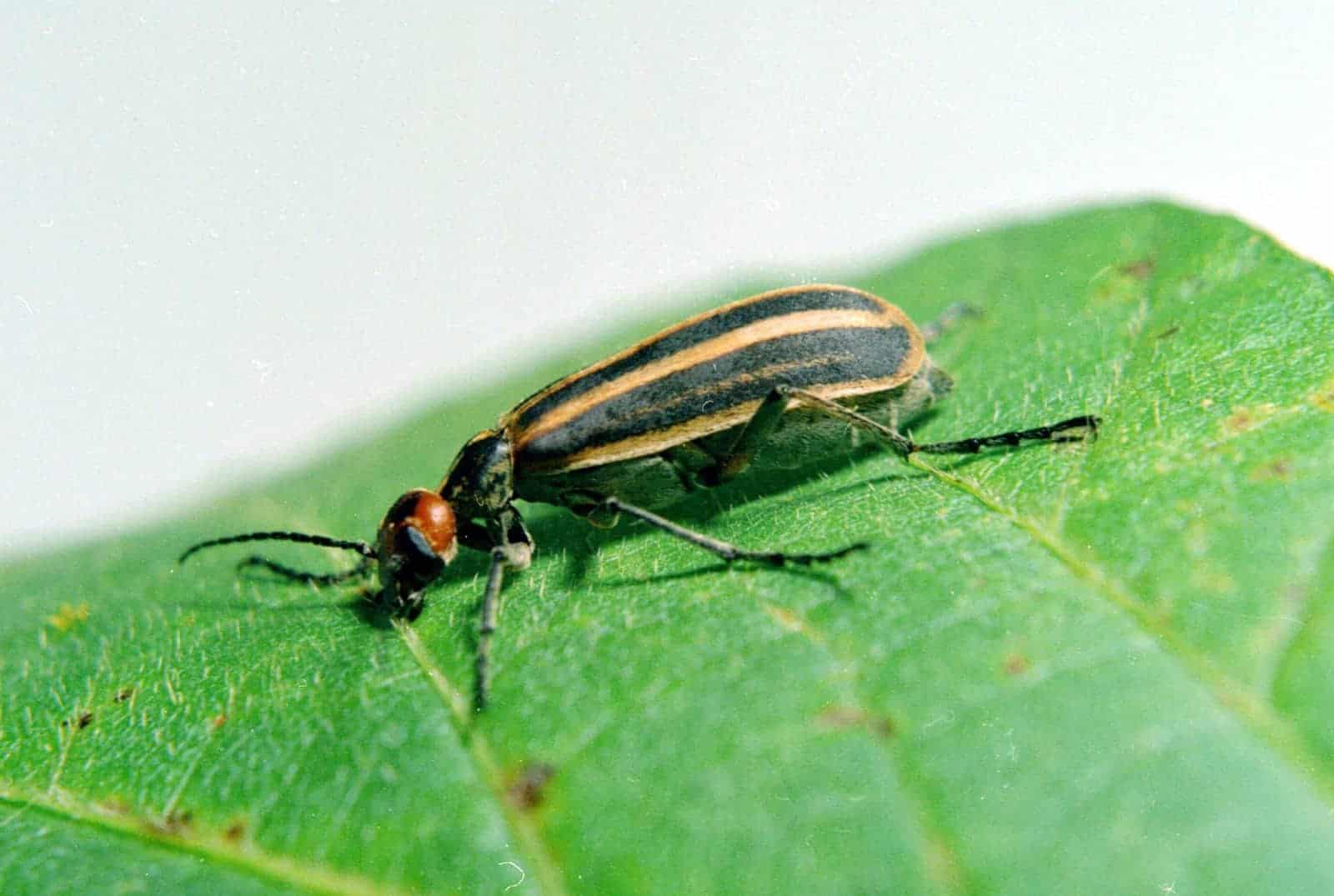Check Horses’ Alfalfa Hay for Blister Beetles
- Topics: Article, Digestive System, Hay, Nutrition, Poisoning & Toxicity

It might be hard to imagine that an essential part of the horse’s diet could contain potentially deadly hidden toxins. But it’s a hard truth that horse owners must be aware of: Alfalfa hay can harbor blister beetles (Epicauta spp), which can contain a harmful toxic substance called cantharidin.
A member of the Meloidae family, blister beetles live throughout the United States and Canada. Their average body length is about 0.3 to 1.3 inches. A blister beetle’s diet is mainly composed of pollen, blossoms, and leaves of flowering plants, making alfalfa the perfect meal for them. Most alfalfa infestation occurs during late summer and early fall, when the adult blister beetle population also peaks.
Male blister beetles produce a natural defense toxin called cantharidin. This irritant can cause blisters on skin (of both horses and humans) within a few hours of contact, hence the insect’s name. When ingested, cantharidin is lethal in horses with as little as half a milligram per kilogram of body weight, equivalent to consumption of around 125 beetles for an average-sized horse. And it’s not just the live insects that are harmful: The toxin is still effective long after the beetle dies
Create a free account with TheHorse.com to view this content.
TheHorse.com is home to thousands of free articles about horse health care. In order to access some of our exclusive free content, you must be signed into TheHorse.com.
Start your free account today!
Already have an account?
and continue reading.
Written by:
Kristen M. Janicki, MS, PAS
Related Articles
Stay on top of the most recent Horse Health news with












